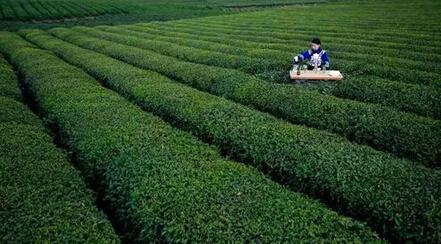
Many people believe that the best tea gardens are neatly pruned, weed-free, and aesthetically pleasing. However, artificially cultivated tea gardens are not the best.
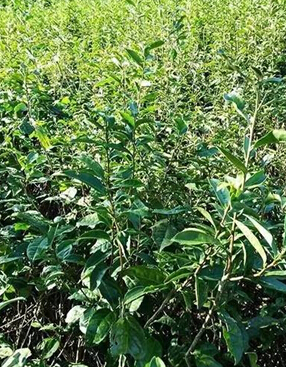
The best tea gardens are those in a wild or semi-wild state. Such environments are free from excessive human interference, pesticides, fertilizers, and herbicides. Tea grown in these conditions may have imperfections like insect holes, but their quality is undeniable. In short: good tea comes from excellent growing environments, but excellent environments may not look pretty.
Does visually appealing tea necessarily taste good?
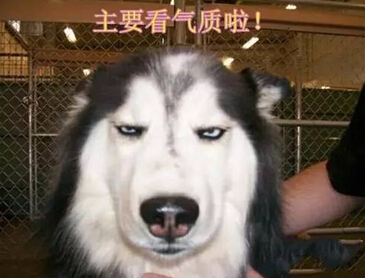
Choosing tea is like choosing people—appearances can be deceiving. Most people are drawn to beauty (even tea merchants). We often assume good tea must look flawless, but is this true?
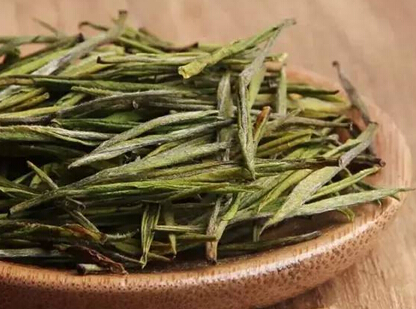
Merchants exploit this mindset, emphasizing tea appearance with claims like "Look at these beautiful leaves!" However, good tea isn't always pretty—overly perfect tea might even indicate pesticide use. True tea connoisseurs judge by flavor, not appearance.

Here are some examples of unremarkable-looking but high-quality teas:
Wuyi Mountain Dahongpao: Dull appearance, royal value. These teas are dark, coarse, and lack luster, yet command high prices for their unique "rock rhyme" flavor.
Tongmuguan Zhengshan Xiaozhong: Dark, curly, and rough, unlike the sleek, sweetened imitations.
Wild Baihao Yinzhen: Yellow buds with hard shells and stems, growing slowly without human intervention.
Handmade Longjing: Wrinkled, uneven in color, but richer in aroma than machine-processed versions.
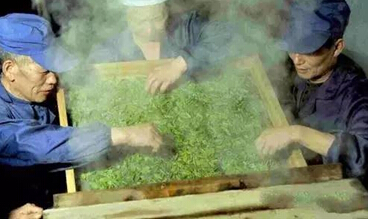
In conclusion: delicious tea isn't always pretty, and pretty tea isn't always delicious. Judge tea by taste and endurance, not appearance.